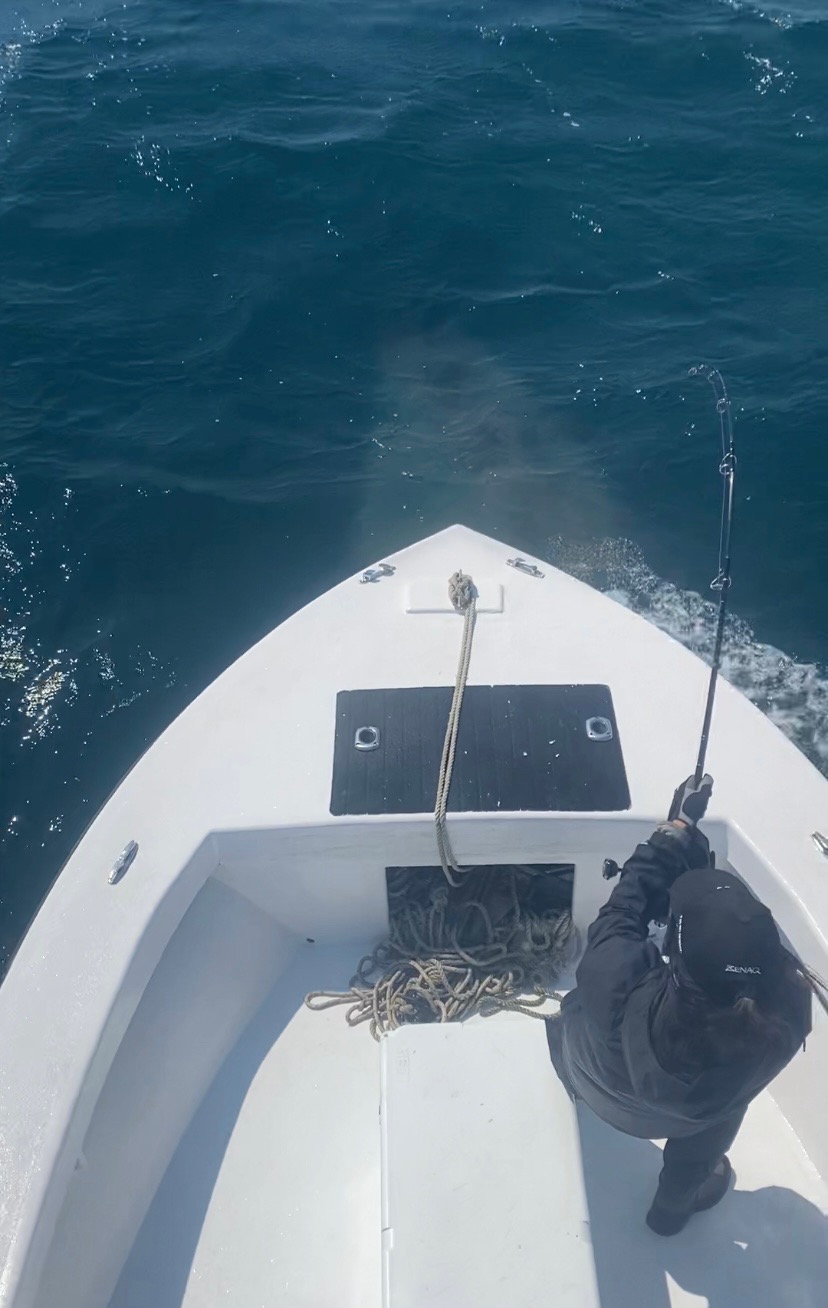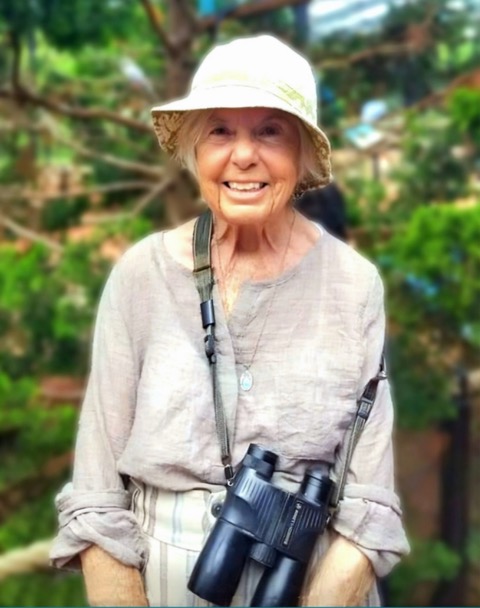The Night Sky: Stargazing tips for July
June had its ups and downs for observing the stars. Some very clear nights were plagued by three problems — wind, high humidity, and light pollution.
It’s pretty easy to use a telescope when the wind is blowing less than 10 mph. It’s a whole different story trying to make observations in a 25 mph wind. If your scope is exposed, the wind causes vibrations that make it difficult to focus on an object. Even large, easy objects like the moon appear blurry because of the wind.
An easy fix for creating a wind block is finding a shelter, such as moving to the leeward side of a porch or using a hedge as a wind break. The big drawback is that you reduce the area of the sky you can see. And it always seems the really interesting objects are on the windy side of the shelter. In June, the prevailing wind was out of the southwest, making it difficult to see some of the spectacular nebulae and galaxies that appeared just above the southern horizon.
High humidity and light pollution work hand in hand to further reduce the visible sky. If you look at a street light on a humid Hatteras Island night you will see a halo around it. The water vapor in the air acts like billions of little prisms that reflect the light from street lights, house lights, and other sources of uncontrolled light. The cumulative effect is a halo over each of the villages. This light pollution halo reduces the number of stars that are visible in the night sky. Many progressive towns and cities such as Nags Head have taken action to reduce light from street lights by using fixtures that direct the light down to the street.
In spite of the wind, the high humidity, and the light pollution, I was able to capture pictures of two interesting nebulae—the Omega Nebula and the Apple Core Nebula.
M17 is called the Omega Nebula and sometimes referred to as the Swan Nebula. It was discovered in 1745. It’s about 5,500 light years away and is composed of interstellar matter.
M27 is often called the Apple Core Nebula or the Dumbbell Nebula. It is a planetary nebula that’s about 1,400 light years away. It was discovered in 1764.
JULY SKY WATCHING
On the evenings of June 30 and July 1, Venus will be in conjunction with Jupiter, which means that Venus will appear to be in front of the larger, more distant planet. When you look at them using your unaided eye, it will appear to look like a very bright Venus. But you might be able to distinguish the two planets if you use a good pair of binoculars or a small telescope. The conjunction of the two planets will be easy to find — Venus is the bright object just above the western horizon.
July also has a blue moon! That means we get to see two full moons in the same month. The first is July 1, the second is on the 31.
The Delta Aquarids Meteor Shower will peak on the night of July 28. It can produce up to 20 shooting stars per hour. Best viewing will be after midnight. The meteors can appear anywhere in the sky but will seem to originate in the constellation Aquarius. Aquarius will be fully visible near the southeast horizon at midnight.
Saturn is visible in the southeast as soon the sun sets. Don’t confuse it with the bright red star Antares. Saturn is the higher and brighter of the two objects. As July goes by, both will start the night higher in the sky and further towards the south.
Several readers have asked about spotting the International Space Station. The easiest way to find out when it will be in view on Hatteras and Ocracoke islands is to sign up for automatic notifications at http://spotthestation.nasa.gov/.
MOON PHASES
ASTRONOMY TALK
A planetary nebula is an expanding glowing shell of gas. The gas is believed to be the ejected outer layers of a red star that is collapsing into a white dwarf.
An emission nebula is a cloud of gas that has been ionized by a source of energy, usually a near-by star. The ionization causes the gas to emit light.
Gerry Lebing is a retired computer scientist with the U.S. Geological Survey in Washington, D.C. He has visited Hatteras Island since the mid-1970s. He and his wife, Karen, have owned property here for several years and moved to their home in Waves full-time in 2013. Astronomy is a subject that Gerry says he has always been interested in and one that he pursues seriously — he’s built an small observatory next to his house. You can send him questions about the night sky through e-mail, gerry@wmi.org.)
















